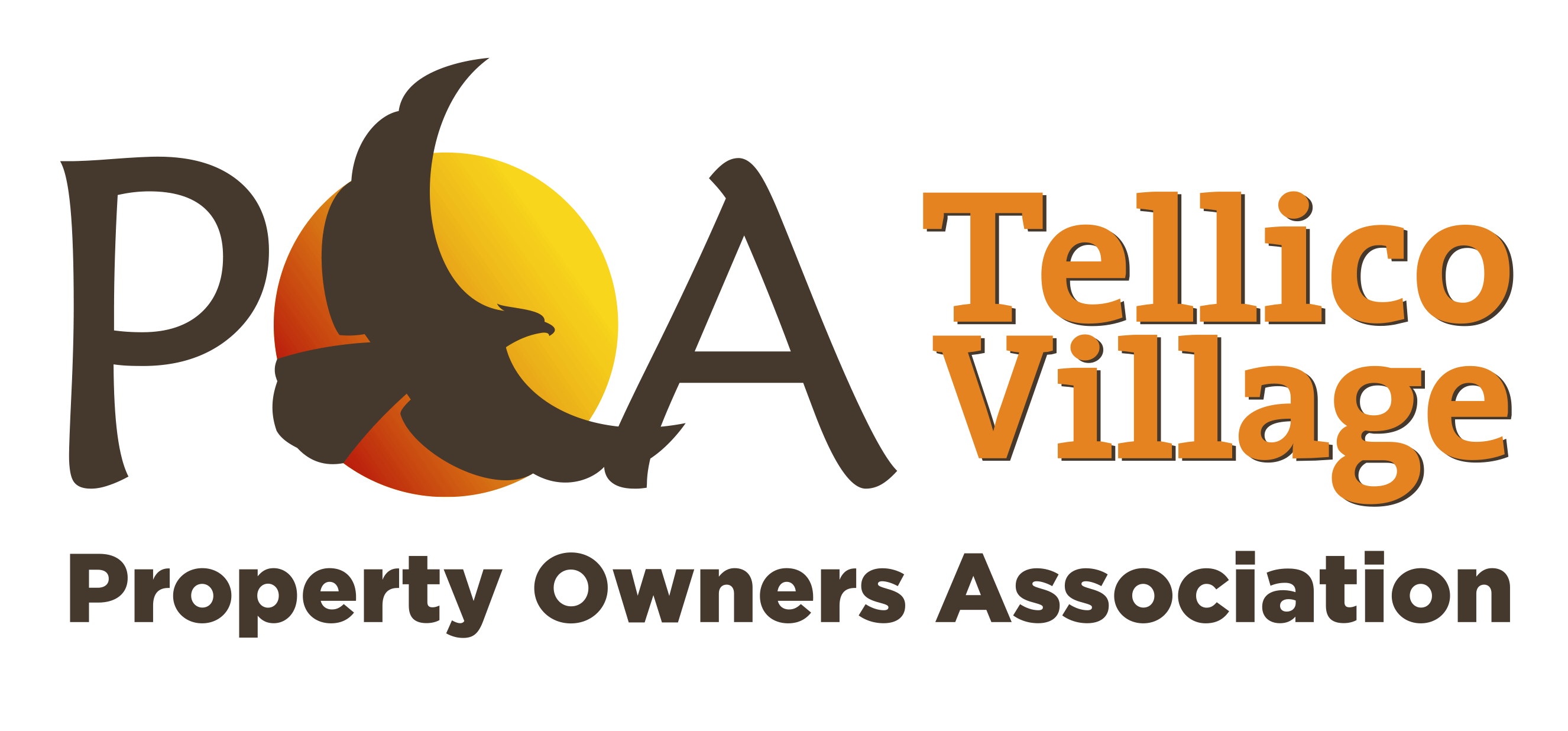TAP (Tellico Action Plan) is the result of more than three years of research and analysis. Over 1000 hours have been invested in learning, reviewing, and planning for our community’s necessary water and sewer infrastructure upgrades. We engaged Jacob’s Engineering, a top-tier national firm, to produce both a Water and Sewer masterplan. They identified five critical infrastructure projects that have been reviewed and are supported by POA Staff, the Public Services and Finance Advisory Committees, and the TVPOA Board of Directors.
View Legal Opinion Regarding Water & Sewer Asset Fee HERE
You can learn more about these projects by using the menu bar below.
Video Library
Project Review
Funding
Project Updates
Upcoming Events
25
July
Town Hall
